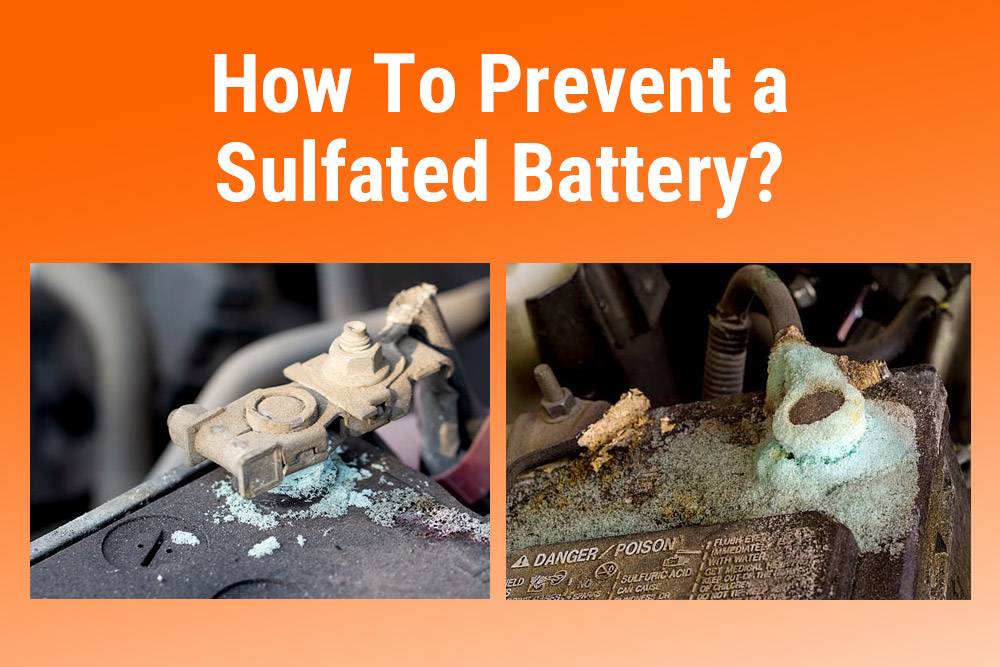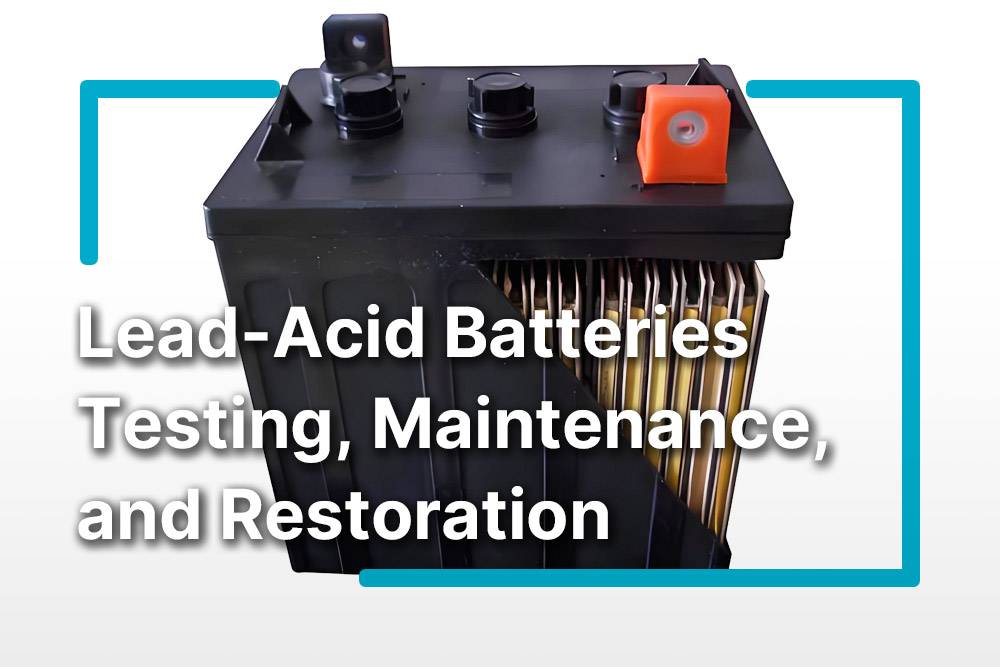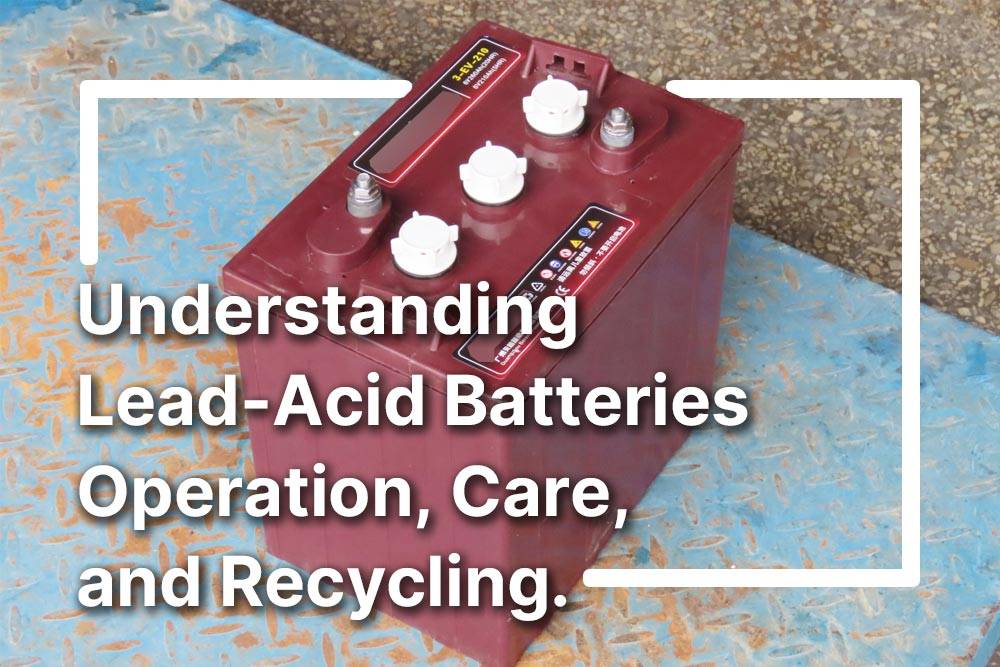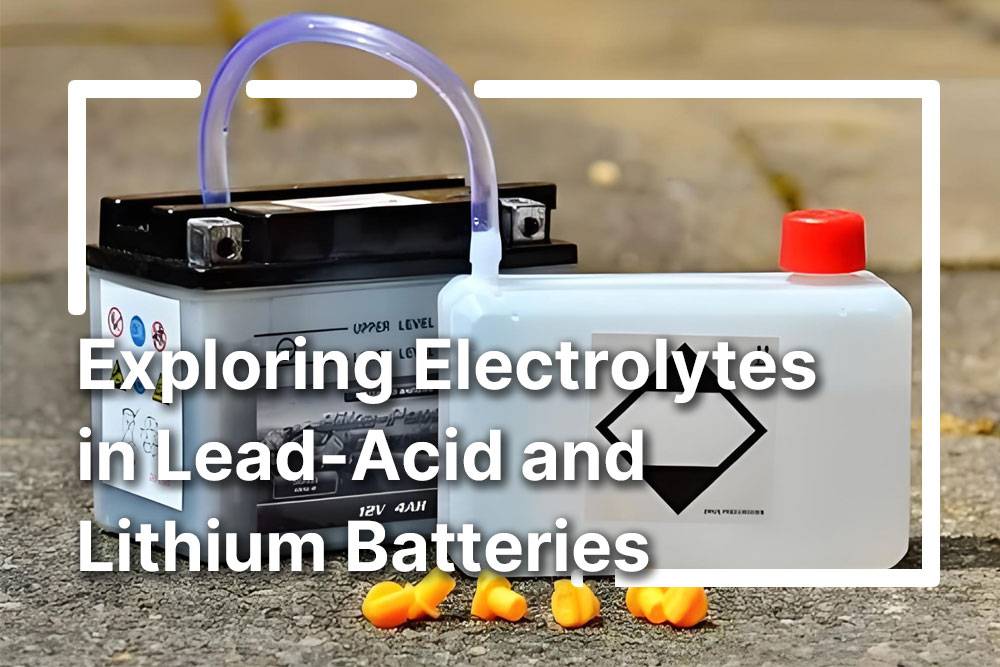Sulfation of lead acid batteries can be a common and detrimental issue that affects the performance and longevity of these power sources. Understanding what sulfation is and how it occurs is crucial in order to prevent it and maintain the optimal functionality of your batteries. In this article, we will explore the causes of sulfated batteries, signs of sulfation, and most importantly, how to prevent sulfation to ensure the longevity and efficiency of your lead acid batteries.
Understanding Sulfation
Sulfation occurs when lead sulfate crystals form and accumulate on the surface and in the pores of the active material of the batteries’ lead plates. While temporary sulfation can occur during normal battery use, permanent sulfation can occur when larger lead sulfate crystals become permanent, leading to reduced battery capacity and potential failure.
Types of Battery Sulfation
There are two main types of sulfation in lead acid batteries: reversible (soft) and permanent (hard). Reversible sulfation can sometimes be reversed if detected early, while permanent sulfation occurs when a battery has been in a low state-of-charge for extended periods, making restoration unlikely.
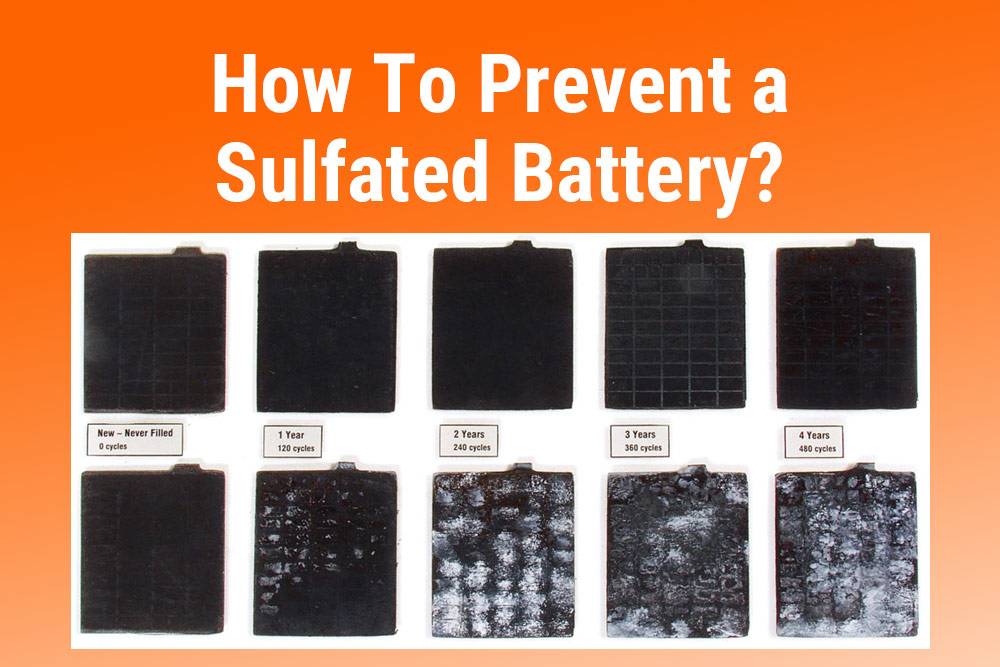
Causes of a Sulfated Battery
Several factors can contribute to the sulfation of lead acid batteries, including undercharging, high temperatures, prolonged periods of inactivity, and storage without a full charge. Sulfation is the most common cause of early battery failure in lead acid batteries, particularly in applications like starter batteries for vehicles and off-grid renewable applications.
Signs of a Sulfated Battery
Signs that a battery may be sulfated include decreased efficiency, failure to hold a charge, dim headlights, weak AC, slow start-up, and other indications of reduced power output. Testing the battery’s standing voltage with a multi-meter can confirm if sulfation is the issue.
Effects of a Sulfated Battery
Permanent sulfation can lead to a range of issues, including loss of starting power, longer charging times, increased heat build-up, shorter running times between charges, drastically reduced battery life, and potential complete battery failure.
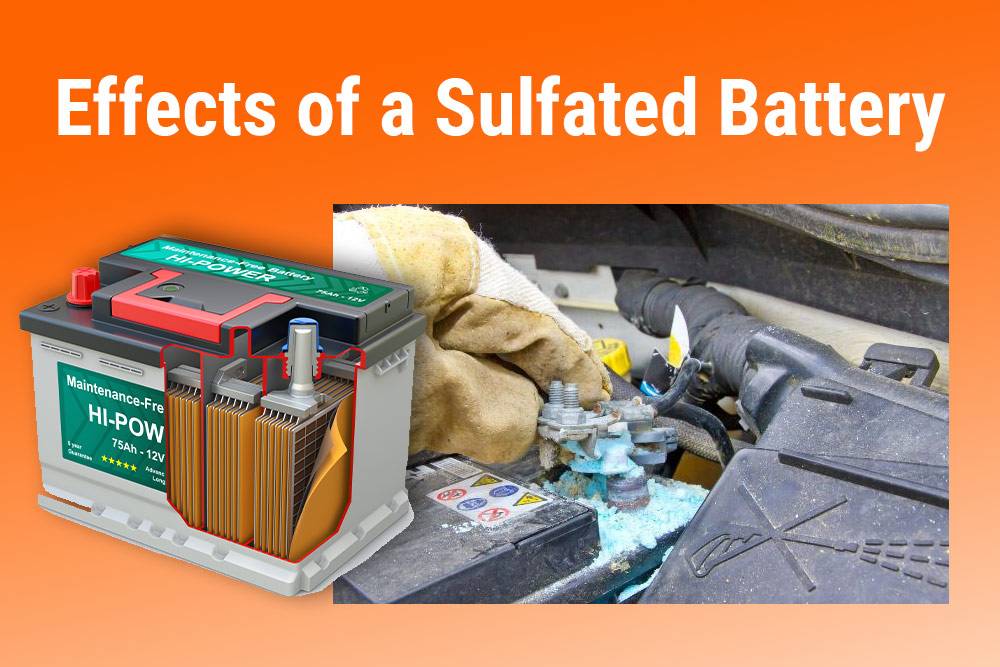
Preventing Battery Sulfation
The best way to prevent permanent sulfation is through proper maintenance and charging practices. To prevent sulfation during storage, maintain the battery at a charge of at least 12.4 volts and store it in a cool environment. Regular top-up charges can help prevent sulfation build-up and ensure the battery remains in optimal condition.
In conclusion, sulfation is a common issue that can significantly impact the performance and lifespan of lead acid batteries. By understanding the causes, signs, and effects of sulfation, as well as implementing proper prevention methods, you can ensure that your batteries remain efficient and reliable for longer periods. Proper maintenance, charging, and storage practices are key to preventing sulfation and maximizing the longevity of your lead acid batteries.
FAQs
How do you prevent battery sulfation? Preventing battery sulfation involves proper battery maintenance practices:
- Keep the battery charged: Regularly charging the battery and avoiding deep discharges helps prevent sulfation.
- Use a battery maintainer: Maintainers provide a low-level charge to keep the battery topped up, preventing sulfation during storage periods.
- Avoid extreme temperatures: Extreme heat or cold can accelerate sulfation, so store batteries in a moderate climate if possible.
How do you save a sulfated battery? Saving a sulfated battery involves attempting to remove the sulfate buildup:
- Recharge the battery: A slow, gentle charge can sometimes dissolve sulfate crystals.
- Use a desulfator: Desulfation devices apply high-frequency pulses to break down sulfation and restore battery performance.
Can a sulfated battery be revived? Yes, in some cases, a sulfated battery can be revived using desulfation methods. However, success depends on the severity of sulfation and the battery’s overall condition.
How do you remove sulfate from a battery? Sulfate removal can be attempted through various desulfation methods, including:
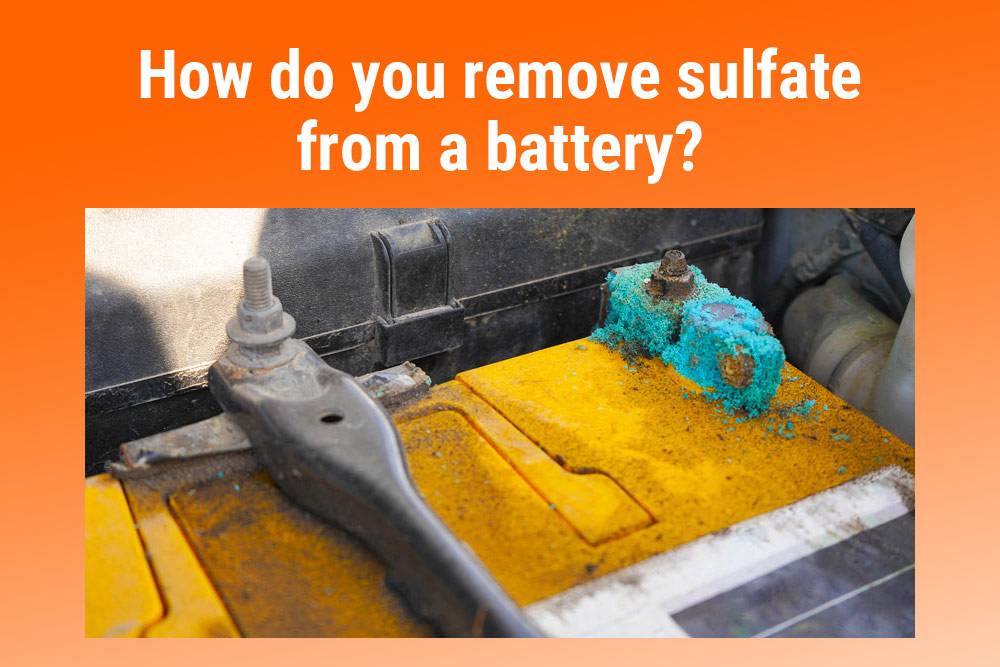
- Applying a low-current charge to dissolve sulfate crystals.
- Using desulfation devices that apply high-frequency pulses to break down sulfate buildup.
Is it possible to Desulfate a battery? Yes, desulfation is a process aimed at removing sulfate buildup from lead-acid batteries. Desulfation methods can help restore battery performance and prolong its lifespan.
How long does it take to Desulfate a battery? The time required to desulfate a battery depends on factors such as the severity of sulfation and the desulfation method used. It may take several charging cycles over a period of days or weeks to see noticeable improvement.
Is a sulfated battery ruined? Not necessarily. While severe sulfation can significantly reduce battery capacity and performance, desulfation methods may help restore functionality in some cases. However, extremely degraded batteries may be beyond repair.
How do I know if my battery is sulfated? Signs of sulfation in a battery include reduced capacity, increased internal resistance, slower charging times, and decreased performance, especially under load. Conducting a battery load test can also reveal sulfation issues.
How do you Desulfate a battery with baking soda? Baking soda is not typically used for desulfation. Instead, desulfation methods involve applying electrical pulses or low-current charges to break down sulfate buildup in lead-acid batteries. Using baking soda may not effectively remove sulfation and could potentially damage the battery.
Do I want to use the lowest amount of electricity to charge my batteries?

